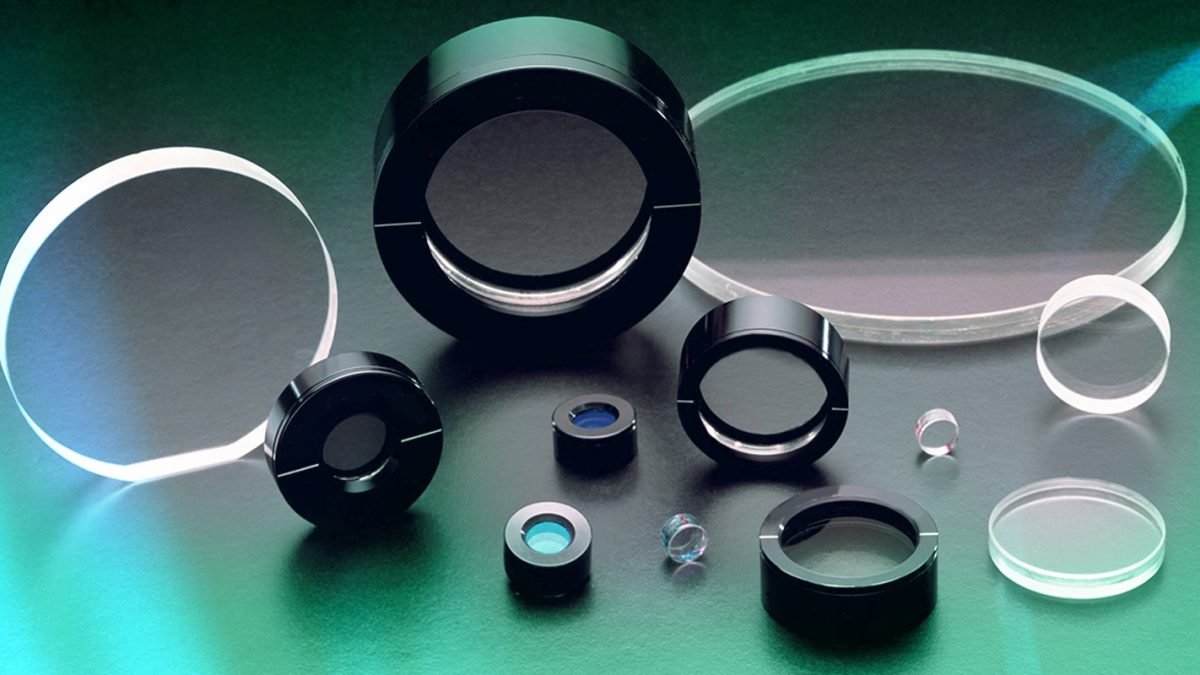
What Are Waveplates in Precision Optics—and Why Coatings Matter
Sunday, 22 June, 2025
The Mathematics Behind the Magic: Quantum Computing, AI, and Optical Polarization.
Tuesday, 8 July, 2025Introduction to Waveplates
The fundamental role of waveplates in polarization optics
Brief overview of phase retardation
Understanding Zero-Order Waveplates
Definition and construction
Advantages in precision optical systems
Typical applications
Exploring Multi-Order Waveplates
Structure and working principle
Cost benefits and limitations
Common use cases
Key Differences Between Zero-Order and Multi-Order Waveplates
Retardation stability and temperature dependence
Wavelength sensitivity
Mechanical and thermal robustness
Choosing the Right Waveplate for Your Application
Factors to consider: budget, environment, performance
Future trends in waveplate technology
Conclusion
Summarizing the crucial distinctions
The importance of selecting the proper waveplate for optimal system performance
Zero-Order vs Multi-Order Waveplates: What’s the Difference?
Introduction to Waveplates
Waveplates stand as silent sentinels within advanced optical systems, subtly yet profoundly altering the polarization state of light. Often crafted from birefringent materials such as quartz or mica, these devices introduce a specific phase delay — known as retardation — between the orthogonal polarization components of a light wave. This ability to control polarization makes them indispensable in laser systems, microscopy, telecommunications, and quantum optics.
Understanding Zero-Order Waveplates
A zero-order waveplate is designed so that the net retardation equals exactly one-half or one-quarter wavelength (or another fractional multiple), but the actual optical thickness is only marginally greater than the desired retardation. In essence, it achieves the target phase shift without relying on higher multiples of the wavelength.
This construction method significantly enhances performance stability. Zero-order waveplates exhibit minimal sensitivity to temperature fluctuations and wavelength deviations, making them exceptionally reliable in precision applications. For instance, they are frequently employed in high-power laser systems and advanced polarization analysis, where even slight phase errors can lead to detrimental outcomes.
Due to their refined design, zero-order waveplates tend to be more costly, yet their superior optical fidelity justifies the investment in demanding scenarios.
Exploring Multi-Order Waveplates
In contrast, multi-order waveplates are engineered by introducing a retardation equal to the desired value plus an integral number of full wavelengths. This approach results in a thicker substrate and higher overall phase shift. While this design might appear rudimentary, it offers a clear advantage: cost efficiency.
Multi-order waveplates are less expensive to manufacture, as the tolerances for thickness are more relaxed compared to zero-order designs. However, this comes at a price — increased sensitivity to wavelength changes and temperature variations. Even slight environmental shifts can induce deviations in the intended retardance, potentially compromising system performance.
Despite these drawbacks, multi-order waveplates find extensive use in less critical applications, such as laboratory experiments where budget constraints outweigh the need for extreme precision.
Key Differences Between Zero-Order and Multi-Order Waveplates
The most striking difference between these two waveplate types lies in their retardation stability. Zero-order waveplates maintain nearly constant retardance across temperature and wavelength changes, a trait vital for high-precision laser optics (Zhu et al., 2022).
Multi-order waveplates, on the other hand, exhibit pronounced variations due to their thicker structure and higher order. Their wavelength sensitivity can cause phase errors if the source wavelength drifts or the system operates over a broad spectral range.
Mechanical and thermal robustness also diverge. Zero-order plates, being thinner, are often more fragile but benefit from lower thermal expansion effects. Multi-order plates, while more robust mechanically, are thermally less stable and require careful environmental control.
Choosing the Right Waveplate for Your Application
Selecting the appropriate waveplate depends on a delicate balance of cost, performance, and environmental considerations. For applications demanding utmost accuracy, such as interferometry, optical trapping, or high-power laser manipulation, zero-order waveplates are the clear choice despite their higher price point.
Conversely, if budget constraints dominate and the application tolerates moderate phase errors, multi-order waveplates offer a viable, economical alternative. As technology advances, hybrid and achromatic waveplates are emerging, blending benefits of both designs and pushing the boundaries of precision optics (Born & Wolf, Principles of Optics).
Conclusion
The distinction between zero-order and multi-order waveplates is more than academic nuance; it is a critical decision that can shape the success of optical systems. Zero-order designs excel in precision, thermal, and wavelength stability, while multi-order variants provide cost-effective solutions for less demanding environments. Understanding these differences ensures that each optical setup performs at its pinnacle, safeguarding both efficiency and integrity.
References:
Zhu, Y., Wang, J., & Liu, X. (2022). “High-precision retardation control in zero-order waveplates.” Applied Optics, 61(5), 1207–1215.
Born, M., & Wolf, E. (1999). Principles of Optics. Cambridge University Press.




